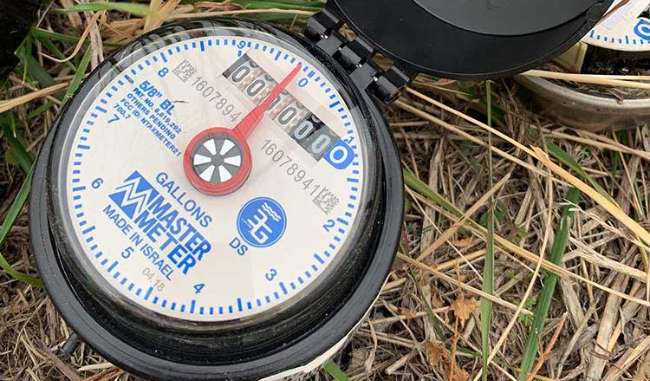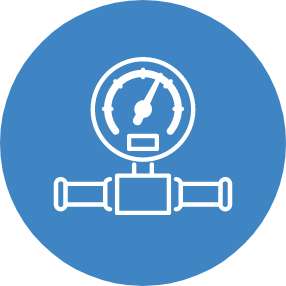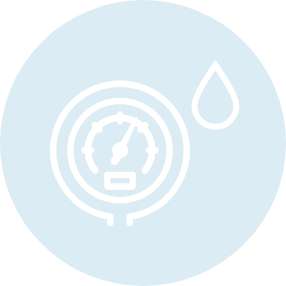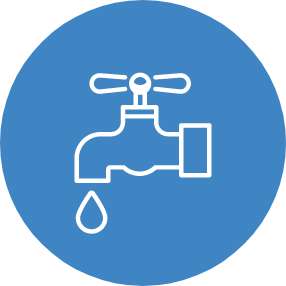Ever wonder how much water you and your family use per day or week?

Monitoring your meter is an excellent way to track your water usage and check for water leaks.
Water meters record the amount of water each customer uses almost the same way as an odometer measures the mileage a car travels. Here are a few simple steps to help you monitor water use like a pro.

Step 1: Locate Your Water Meter
Step 1: Locate Your Water Meter
Most water meters are located at the front of the property, but some are at the property’s rear. Your meter should be in either a cement or plastic box with a metal or plastic lid. For safety, use a tool, such as a large screwdriver to remove the cover. Visually examine the area around the meter to ensure your safety. Creatures, such as black widow spiders or gophers, are known to nest in meter boxes. Once you remove the lid, you may need to wipe off the meter’s glass cover with a wet paper towel.

Step 2: Read Your Meter
Step 2: Read Your Meter
Reading your meter is easy. Meters usually have 6 to 8 digit numbers on the face, which reflect the total number of gallons (or cubic feet) used since the meter was installed. When reading your meter, simply write down all numbers shown. Carefully replace the meter box cover when done reading.

Step 3: Calculate Your Water Usage
Step 3: Calculate Your Water Usage
To figure your water use, first pick a starting point to read your meter (e.g., Friday at 9 a.m.). Second, record the reading and the date. A day (or a week, a month) later, reread your meter. Subtract the first reading from the second to find out how much water you used in that given period. Here is an example:
| Second Reading | 0076400 |
|---|---|
| First Reading | 0083300 |
| Water Used | 6900 |
Safeguard yourself from leaks to conserve water and possibly save money on your bill. The “flow indicator” dials rotate when water flow is moving through your meter. These dials move even when there is low water flow. To check for leaks, turn off all water uses inside and outside your home, remembering to include icemakers, evaporative coolers, and water softeners. Once the water is off, your Low Flow Indicator should not move. If it’s moving, you have a leak.

Step 4: Check for Leaks
Step 4: Check for Leaks
Safeguard yourself from leaks to conserve water and possibly save money on your bill. The “flow indicator” dials rotate when water flow is moving through your meter. These dials move even when there is low water flow. To check for leaks, turn off all water uses inside and outside your home, remembering to include ice makers, evaporative coolers, and water softeners. Once the water is off, your Low Flow Indicator should not move. If it’s moving, you have a leak.

